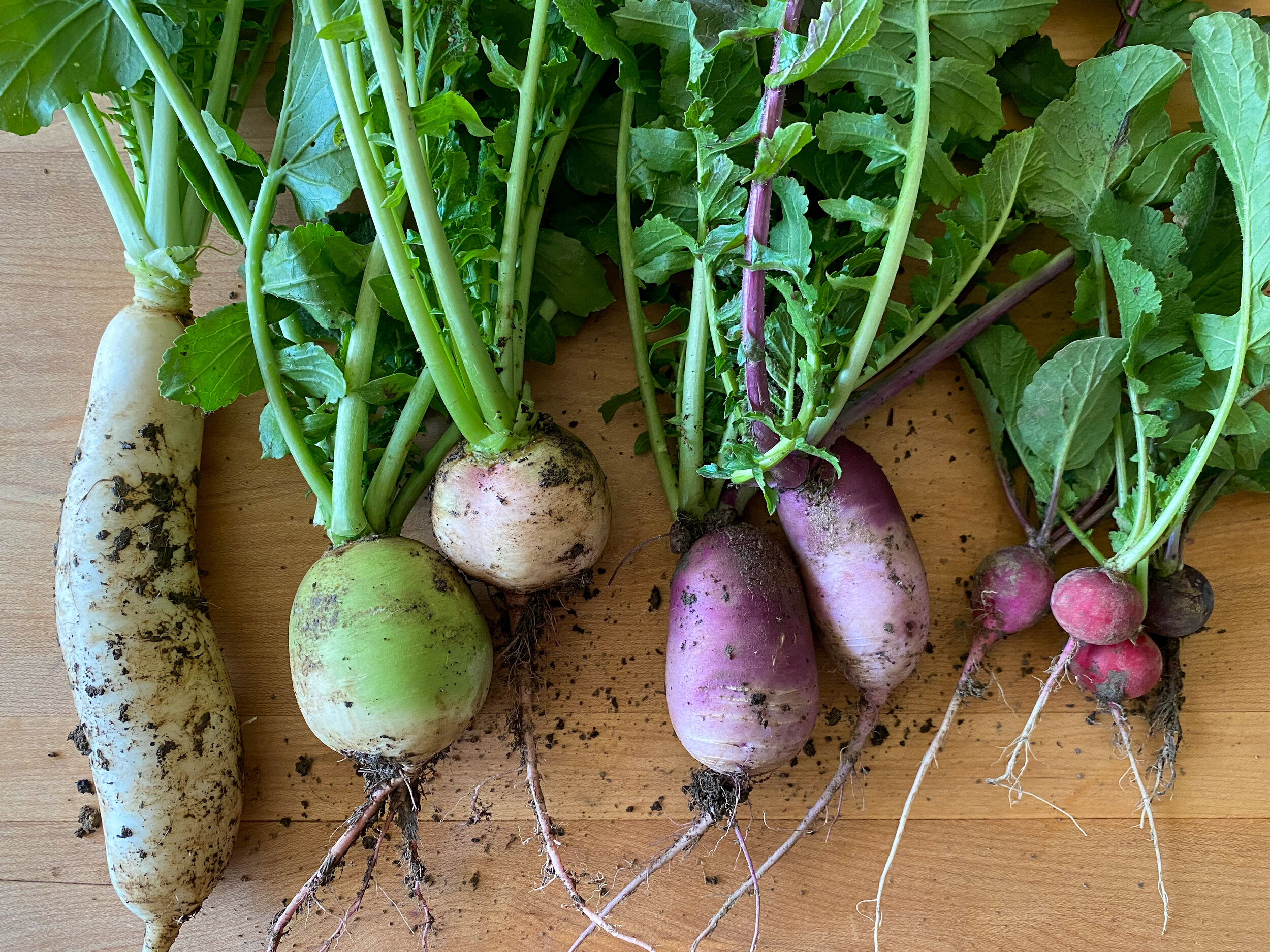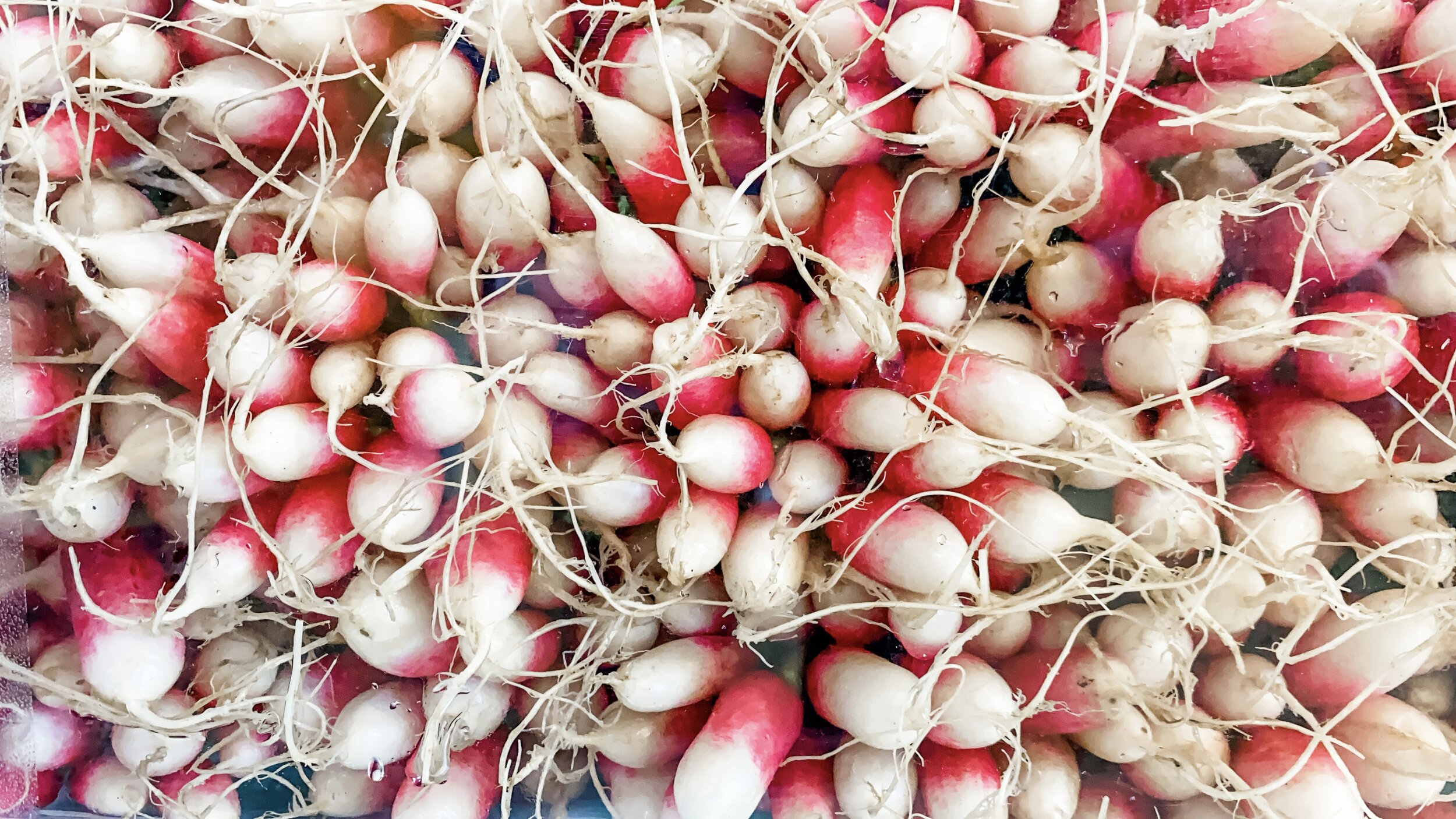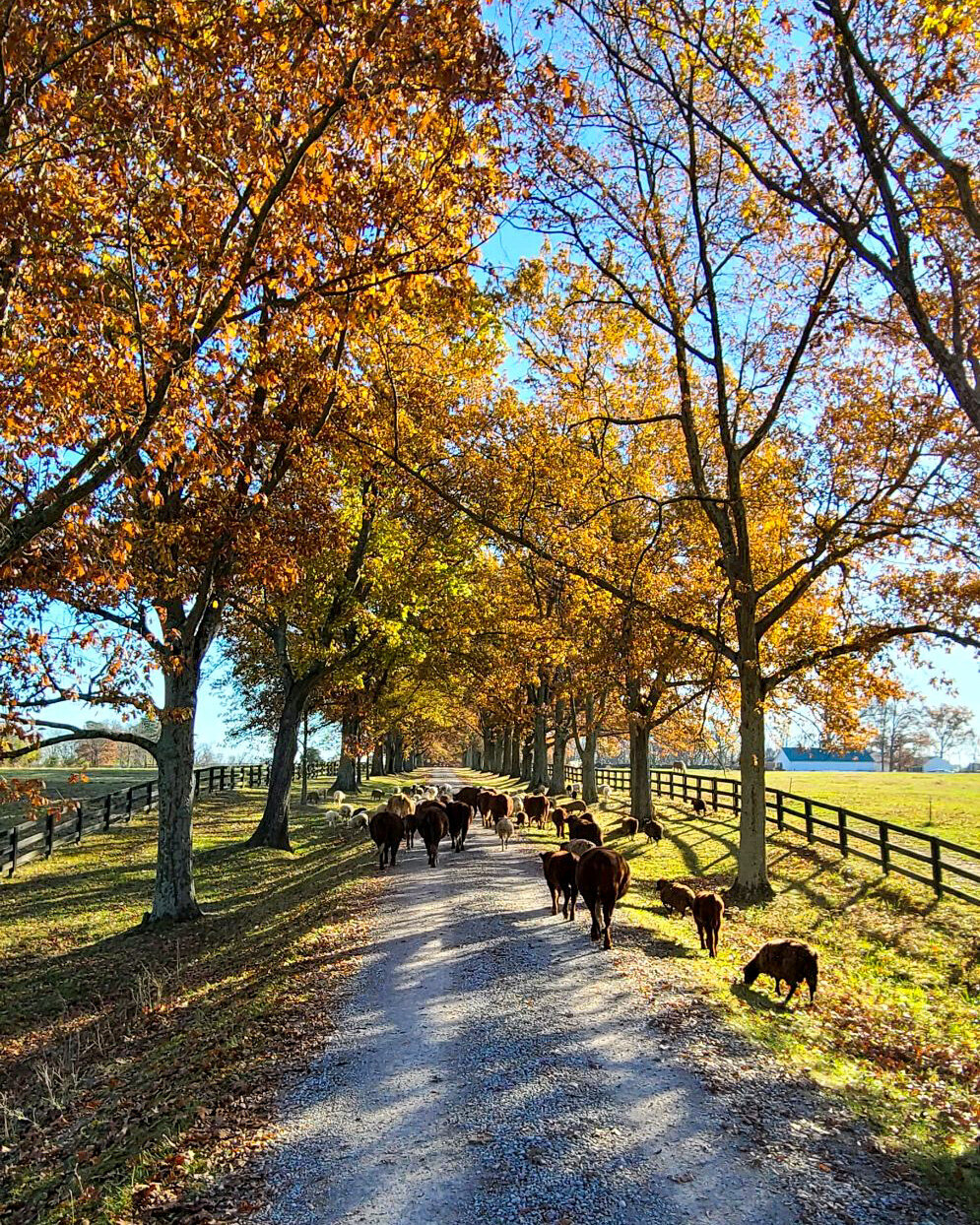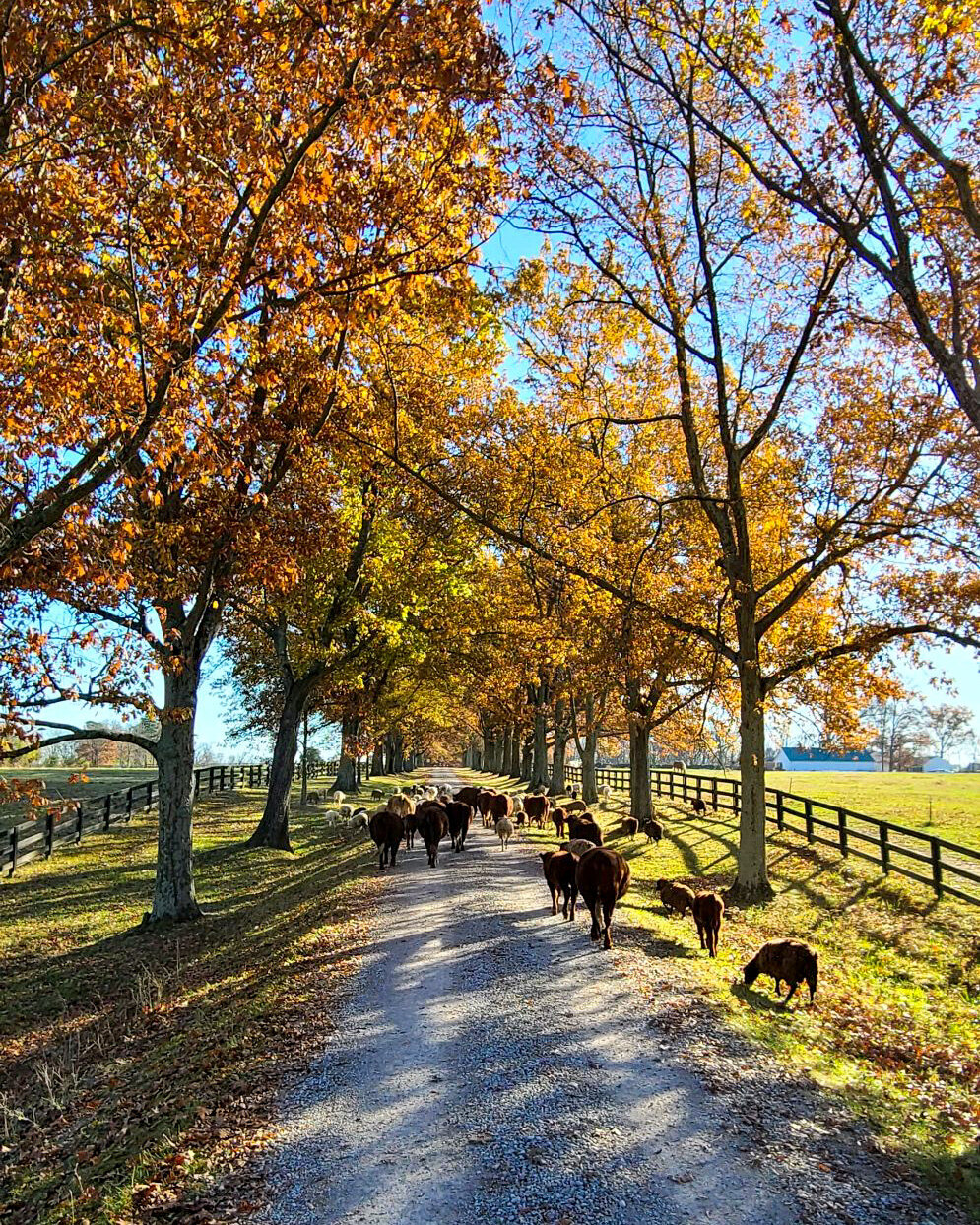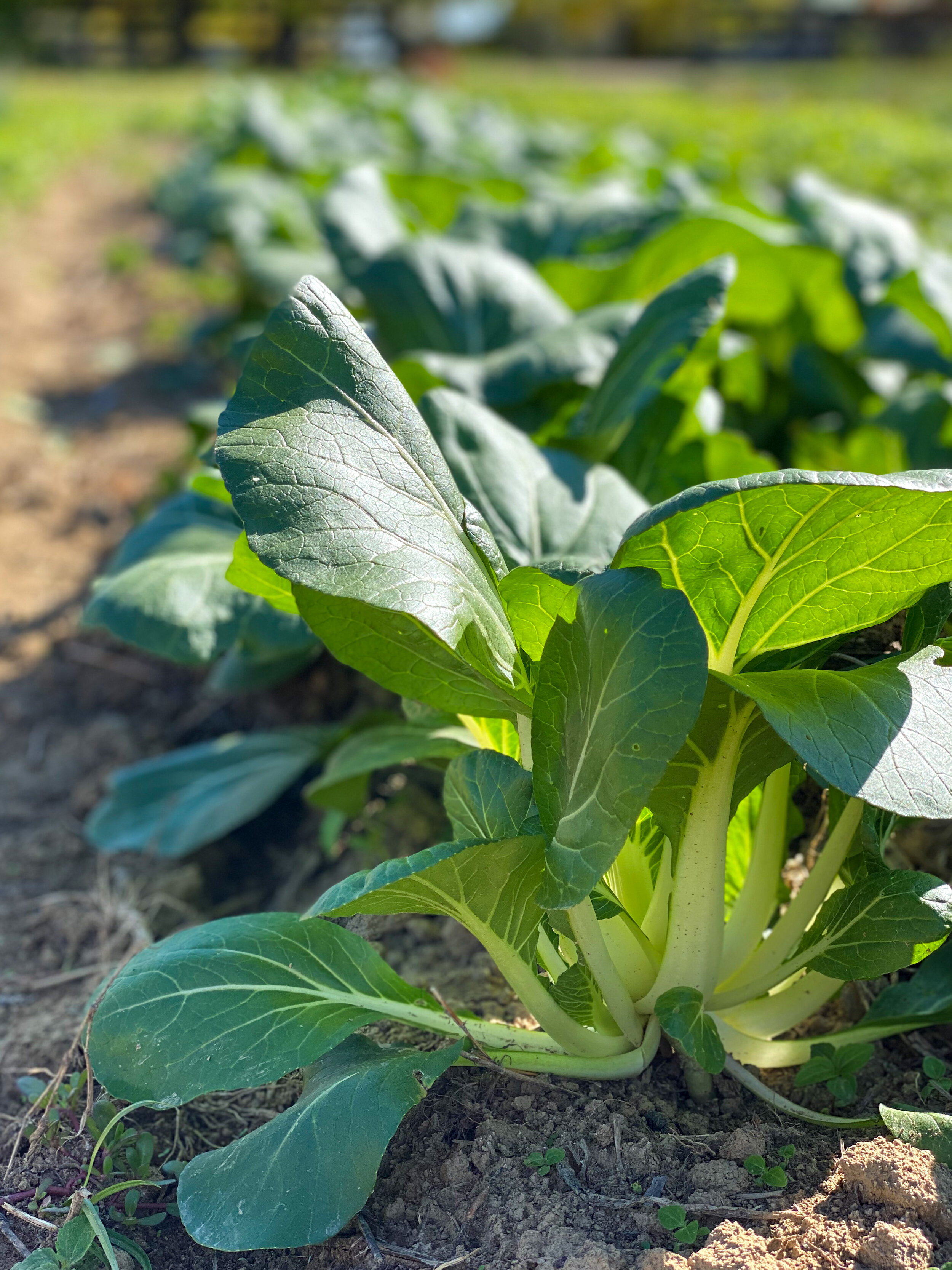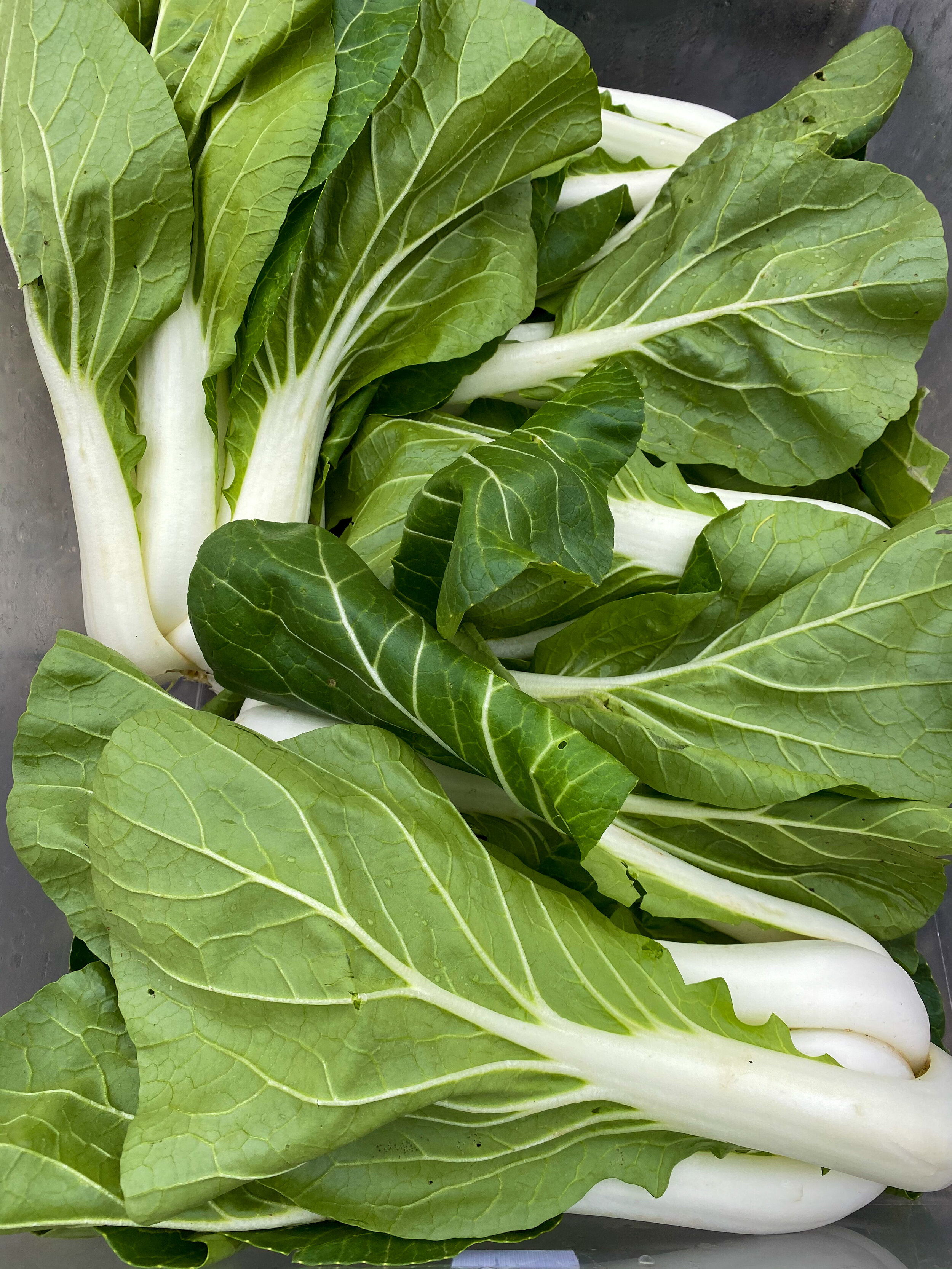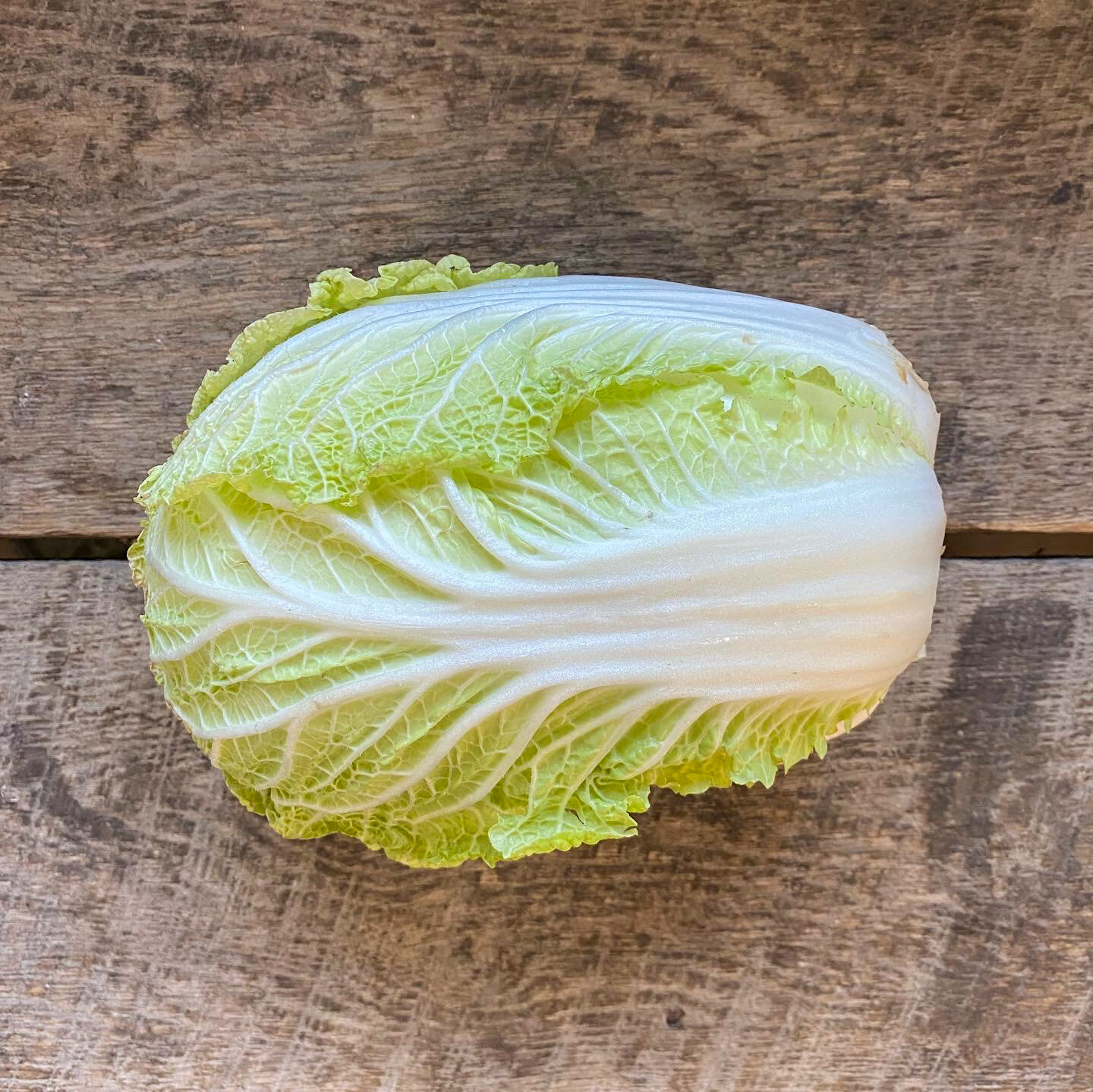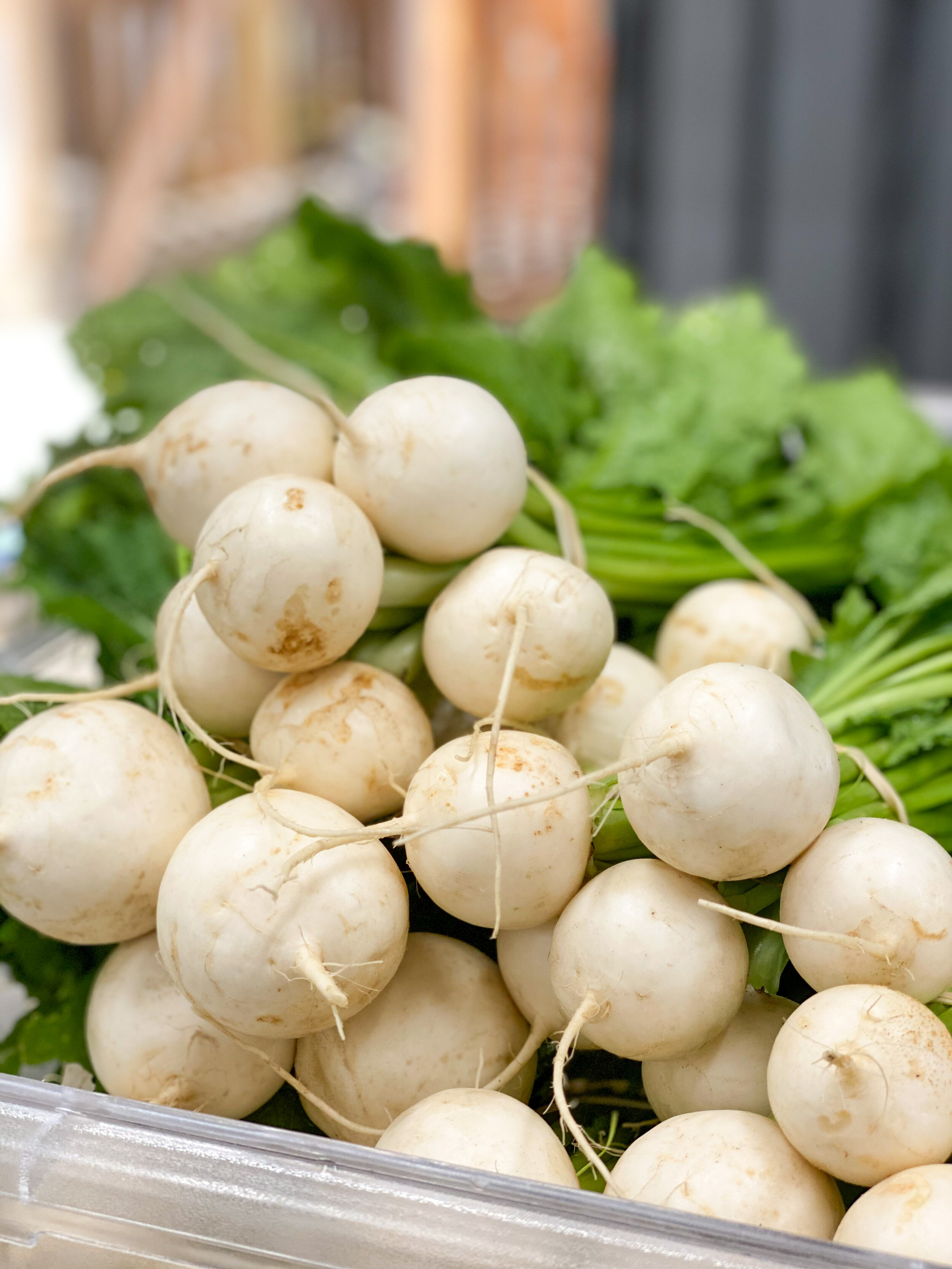Announcements
Livestock Program Volunteers Needed
Turner Farm is looking for 2 to 3 people committed to help with the livestock program 1 to 2 times each week Monday thru Saturday. Our program consists of sheep, pigs, cattle, meat chickens and laying hens all with a heavy pasture focus. The right person is physically capable and has animal sense at a minimum, livestock experience preferred.
Tasks performed will include and is not limited to:
Moving electric net fencing
Feeding and watering livestock
Assisting with moving all species of animals
Assisting baby animals
Cleaning bedding and manure
Clearing vegetation off fence
Helping injured animals
We work in all weather. We can teach how animals fit in to the big picture and even help restore wildlife, rejuvenate soil and sequester carbon. We are a regenerative program mimicking the Bison herds of the American plain and the wildebeest of the Serengeti.
If interested, please contact Danny Losekamp at danny@turnerfarm.org. Please describe your animal experience and availability.
Temporary Market Sales Associate
Now hiring a part-time market sales associate to assist market customers, open and close market, maintain clean and organized shopping environment, and more.
Turner Farm is looking to hire a temporary Market Sales Associate to help out while our Farm Market Manager is on leave. This is a part-time position responsible for engaging with everyone who comes into the Turner Farm Market. The Sales Associate will assist market customers with purchases and answer questions about farm operations, farm programs, and the food produced on Turner Farm. This person is also responsible for the daily opening and closing procedures of the Market, maintaining an accurate cash drawer, ensuring a clean and organized shopping environment, including stocking refrigerators and freezers, and complying with Food Safety regulations and all farm Standard Operating Procedures. The Sales Associate may also assist the Garden Crew with post-harvest handling, data entry, and other tasks as needed.
Reports to: Turner Farm Market Manager
Qualifications
Interest in local foods and cooking seasonally
Knowledgeable about and/or eager to learn about sustainable farming methods
Excellent communication and customer service skills
Keen attention to detail and an eye for quality
Ability to examine fresh and frozen products for salability and freshness
Self starter who works well alone as well as with others
Familiarity/experience working with computers, POS software and spreadsheets
Working Hours
15-25 hours per week, including shared Saturdays
Main season (Roughly April-December): Monday-Saturday, 9am- 6pm
Off season/winter hours (Roughly January- March): Monday-Saturday, 10am-5pm
Working Conditions/Physical Requirements
Ability to lift up to 50 pounds
Ability to be on feet for 4-6 hours at a time and bend, twist, squat and reach
Work in unheated, unconditioned building year round
Compensation: $11.50/hour and discount on Turner Farm meat, produce and flowers
To apply, please send a resume and cover letter to gretchen@turnerfarm.org with the subject line Market Sales Associate.
Crop Production Manager
Now hiring a full-time Crop Production Manager to operate annual crop production, supervise support staff and seasonal interns, assist with organizational education programming, and more.
Job Summary
The Crop Production Manager is responsible for the operation of annual crop production including field plans, projections, seeding schedule, and the management of harvest procedures. They supervise support staff and seasonal interns, enforce organic certification requirements and maintain appropriate records throughout the growing season. The Crop Production Manager coordinates all educational programming for the seasonal interns, and assists with any organizational educational programming as needed, requested, or approved by the Executive Director or other management staff.
Crop Production Manager Responsibilites
Crop Production
Annual crop production/field plans, projections, and seeding schedule.
Soil health management, testing, and interpretation.
Identifying and developing production improvements and/or future expansion goals and plans.
Ordering all necessary seeds, tools, equipment, soil amendments, and supplies needed for production and any procurement involved (picking up orders and/or coordinating deliveries).
Supervision of support staff and seasonal interns in day-to-day functions of crop production.
·Management of harvest procedures and daily harvest list/schedule.
Coordination of harvest and appropriate storage of any storage crops.
Supervisory
·Supervision of Garden Crew Leader, Sales Coordinator, and seasonal interns; closely supporting and monitoring staff performance on all designated responsibilities.
Conducting annual performance reviews with full time staff.
·Determining appropriate roles and responsibilities and compensation for full time staff under the direction of the Executive Director.
Managing scheduling needs of full time staff and seasonal interns.
·Conducting training and/or supervising the training of all employees on all department and organizational standard operating procedures, including but not limited to organic certification requirements and recordkeeping; equipment safety and use; and food safety requirements and recordkeeping.
Administrative
Managing hiring process for seasonal interns and onboarding process for new employees.
Maintaining and monitoring appropriate employee records, including but not limited to timesheets, mileage logs, incident reports, waivers, vacation requests.
Maintaining and reporting all purchase records for all expenses related to department function, including but not limited to receipts, subscriptions, membership.
Enforcing organic certification requirements and maintaining appropriate records during the season, completing annual organic inspection and renewal application process, and any other duties required for maintenance of certified organic status.
Completing any other necessary/required paperwork, including annual USDA surveys and OVSFRDP paperwork.
Attending all scheduled meetings with managers, Executive Director, and Board of Directors.
Identifying departmental facilities needs and addressing appropriately in coordination with the Facilities Manager, under the direction of Executive Director.
Coordinating any appropriate external partnerships related to department operations with the approval of Executive Director.
Coordinating and managing any volunteer relationships, including both individuals and through external partnerships.
Coordination with any other managers on inter-departmental operations.
Educational
Coordinating and conducting educational programming for seasonal interns.
Assisting with any organizational educational programming as needed, requested, or approved by the Executive Director or other management staff.
Identifying appropriate educational opportunities for staff and coordinating involvement/attendance under the guidance and with approval of Executive Director.
To apply, please send a resume and cover letter to info@turnerfarm.org with the subject line Crop Production Manager.
Uncovering the Hidden World of Radishes
Dig into the hidden world of radish varieties with farmer Abby Lundrigan, our Crop Production Manager at Turner Farm and a devoted lover of this underrated root vegetable. Plus, get her favorite radish recipe ideas.
There’s a whole wide world of radishes out there to try, and no better person to guide you through it than Abby Lundrigan, our Crop Production Manager and devoted lover of this humble and highly underrated root vegetable:
Setting up the table one weekend at Findlay Market, it was made undeniably plain to me that I love radishes. The evidence was laid bare in front of me on the table: four—no, wait!—five different types of radishes. Later, a customer came up to me and pointed at each one:
“What’s this?”
“A radish.”
“And that one?”
“Also a radish.”
When he asked what the difference between each type was, I was glad for the opportunity, as I usually am, to expound on the very subtle but specific differences between each variety of radish.
One of my greatest joys in growing vegetables is the opportunity to demonstrate what tremendous variety exists beyond the singular type of a vegetable that we typically find in a grocery store. In a grocery store, you are likely to find the round, red salad radishes. They will be, in my opinion, far too large and have sad-looking greens that you would not even consider eating. If you are lucky, you may also be able to find the standard white daikon radishes as well, usually with no greens at all.
Believe it or not, the four to six different varieties of radishes that we grow at Turner Farm are barely a sampling of what exists in the broader radish realm. A deep dive into the world of radishes reveals colors, shapes, sizes, flavors, and textures in astonishing variety.
The varieties below are what we are currently growing at Turner Farm. All of these radishes are suitable for eating raw, but can also be cooked in a variety of ways. By this time of year many of their greens are looking poorly from exposure to the elements, but early in the fall they have beautiful, crisp greens that are delicious cooked. The flavor is similar to turnip greens, but I find them to be more tender and needing to be only lightly cooked.
However you eat them, I invite you to venture outside of the ordinary and introduce yourself to a new radish. You may find a new favorite!
Salad Radish
Purple and red round radishes of the Bacchus and Red Rover variety are the most commonly recognized, standard salad radish type. They are meant to be eaten raw, but can also be roasted whole or halved. They become spongy or pithy at the center when allowed to grow too large, so we harvest them regularly to make sure they are the right size for the perfect crunchy texture.
Shunkyo and French Breakfast (D’avignon), on the other hand, are both slender, cylindrical salad radishes, also meant to be eaten raw. In my opinion, it is especially important that these types not be oversized. These are my favorite to eat whole...perhaps dipped in a nice butter and sprinkled with a bit of salt.
Daikon Radish
The most recognizable daikon radish is white and cylindrical, with a pointy root end, and we grow the Miyashige variety of it. Daikon are most commonly used as an ingredient in kimchi, but they can also be roasted, added to a stir fry, or eaten raw. One of my favorite preparations is shredding them and then sauteing with whatever seasonings you choose for a texture reminiscent of hash browns.
This year, we are also growing a less commonly known purple daikon radish variety, KN Bravo. It is squat, without the pointy end of a traditional daikon. The purple daikon have a brilliant color and excellent crunchy texture that is still tender, so I have been eating them raw in salads.
Watermelon Radish
Watermelon radishes are admittedly my least favorite, only because I prefer to eat radishes raw rather than cooked. The watermelon radish has a tougher exterior and a harder, less tender crunch than the other varieties we grow, so I most often eat it roasted. It also has more of the typical radish spice than our other fall radishes, which have their characteristic flavor but are milder. They are stunningly beautiful, with a white exterior and surprise bright red center. They keep their color fairly well even when cooked, and their unique appearance makes them a nice choice for a crudité platter.
— Abby Lundrigan, Crop Production Manager at Turner Farm
Find out which of these radishes are for sale in our Farm Market now at turnerfarm.org/market, and for more radish recipe ideas, head over to Bon Appetit for 47 Radish Recipes That Put the Rad Back in Radish.
On the Move: Why We Practice Intensive Rotational Grazing at Turner Farm
Our cows and sheep are always on the move at Turner Farm. It’s a practice known as intensive rotational grazing, or management intensive grazing, and it requires a lot of time, energy and labor. Keep reading to find out why we still do it anyways.
Our cows and sheep are always on the move at Turner Farm. And each move is highly choreographed by Danny, our Livestock & Pastures Manager, and his team. It’s not as simple as opening a gate. There is a great deal of planning that goes on behind the scenes.
The team aims to move the group of animals onto a piece of pasture only just before it goes to seed. The goal is to achieve the deepest root growth possible without compromising the quality of the feed for the animals, which is key to carbon sequestration. Once the rotation is designed, the actual moving can begin.
First the team has to set up the new fence. Then the sheep need to be guided, and once one makes the move, the rest will flock to join it. The cows usually saunter in behind them. The team cleans up the old fence, and then the move is finally complete. Until the next day, or sometimes later in the same day, when it’s time to move the flerd again (flerd being how we refer to the flock of sheep and herd of cattle we move as one group).
This practice is known as intensive rotational grazing (or management intensive grazing), and while it does require a lot of labor on our end to make it happen, we believe it is well worth the benefits. Part of our mission at Turner Farm is to demonstrate that local, organic, low-impact food production grows healthy communities and healthy ecosystems, and intensive rotational grazing very much contributes to the health and vitality of both:
Healthy Community: Intensive rotational grazing gives our animals constant access to fresh pasture to eat, plus regular exercise, which keeps them healthy. And what’s better for their quality of life is ultimately better for you, with “grass-fed beef and butter containing higher concentrations of key nutrients, antioxidants, vitamins, and beneficial fats than their grain-fed counterparts,” according to study conducted by Greenacres Foundation in partnership with Michigan State University. (It should be noted that these nutritional benefits apply to cows raised outdoors, in the open air and on pasture their entire lives, which is not the same as “grass-finished,” a label that could still be applied to a cow fed primarily grain for most of its life, often times from the confines of a feedlot.)
Healthy Ecosystem: Part of our mission at Turner Farm is to demonstrate that local, organic, low-impact food production grows healthy communities and healthy ecosystems, and intensive rotational grazing very much contributes to that. As cows and sheep mow down the grasses, legumes and forbs in our pastures by eating them, the plants’ root systems expand underground, improving water retention, reducing flooding and sequestering carbon. Plus, the hooves of the animals press seeds into the ground, further continuing the circle of life. According to a life cycle assessment conducted at White Oak Pastures, beef raised using regenerative grazing methods had “a carbon footprint 111% lower than a conventional US beef system.
This method of regenerative land management is also why our meats have a higher price point. When you buy Turner Farm meats, grass-fed beef and lamb, and pasture-raised pork, chicken and eggs, you’re paying for the animals’ quality of life, as well as a fair wage for the farmers who care for them.
Our meat is available exclusively at our Farm Market. See a full list of what’s in stock right now at turnerfarm.org/market.
In Season Now: Chinese Cabbage
In season now and as crisp as the fall weather itself: Chinese cabbage. Learn more about two varieties we grow at Turner Farm, bok choy and napa cabbage, plus get recipe ideas.
In season now and as crisp as the fall weather itself: Chinese cabbage. At Turner Farm, we grow a few varieties of organic Chinese cabbage, which refers to not one but two cultivars of Chinese leaf vegetables in the mustard family: pac choi (the Chinensis group, more commonly known as bok choy in our part of the world, including in our Farm Market) and napa cabbage (the Pekinensis group):
Bok Choy
Bok choy is less like a cabbage in that it doesn’t form a head. Instead it has a bulbous base that sprouts a cluster of leafy green blades that are mild and sweet, with crunchy, juicy stems. It “delivers a potent vitamin cocktail, including a big dose of rare cancer-fighting nitrogen compounds called indoles, as well as folic acid, iron, beta-carotene, and potassium,” according to editors at Men’s Health. At Turner Farm, we grow full-size heads of varieties like win-win choi, as well as baby bok choy such as mei qing choi. Bok choy shrinks less than your usual cabbage when cooked, and doesn’t need much preparation to become a delicious dish:
Stir fry bok choy with garlic for a quick, winning side.
Roast it whole in this keto-friendly garlic roasted bok choy recipe.
Add it to a warming batch of ginger noodle soup or bok choy chicken soup.
Pair it with pasture-raised chicken in an easy meal of chicken stir fry with bok choy.
Add it raw to a refreshing apple bok choy salad.
Napa Cabbage
The thick white ribs and crinkly yellow-green leaves of napa cabbage are tender crisp, and have a sweet flavor that’s more mellow than that of its pungent European cabbage cousins. Napa cabbage can be eaten raw or cooked. It’s also a great source of vitamin A and C, and contains only 7.4 calories per ounce (nutrition data).
Use the raw leaves in place of iceberg lettuce in a wedge salad.
Stir fry it with a piquant sauce to make hot and sour cabbage, a Northern Chinese classic.
Add chopped leaves to a comforting pot of cabbage egg drop soup.
Put it front and center in a napa cabbage salad.
Make an easy, rave-worthy side of roasted napa cabbage wedges with just three ingredients.
Pick up both bok choy and napa cabbage at our Farm Market and decide which you like best. Or, if you’re like us, decide that you should be eating more of all the Chinese cabbages, because they’re that good (and good for you).
What They Did Last Summer: Q&As with our 2020 Organic Farming Interns
In celebration of all our interns contributed to Turner Farm this season, we’re sharing their thoughts on their seven months with us. Keep reading to find out what Becky, Elliot, Emily and Jen did last summer.
It’s around this time every year that we realize we only have a few fleeting moments left with the year’s annual crop of organic farming interns. Yesterday, on October 30, we said goodbye to this year’s exceptionally hardworking crew, who grew so much—literally and figuratively—during their seven months with us. We asked them to tell us what it was like working in the fields at Turner Farm, and here’s what they had to say. Keep reading to find out what Becky, Elliot, Emily and Jen did last summer.
Becky
How would you sum up your experience in 10 words or less?
Several newcomers
Building soil, understanding
Growing food and awe.
What surprised you most during your organic farming internship at Turner Farm?
How much plants want to grow! Organic market gardening is really about creating conditions for the crops to do their thing and finding enough folks to eat them.
What was the best part of your internship, and why?
Working outside every day with a team of incredible young farmers.
What was the hardest part of your internship, and why?
Learning to be new at something again and accepting my own limitations.
How do you feel about organic farming today versus on your first day?
I feel more optimistic than ever about organic farming today. This internship has confirmed my hope that a life lived close to the land is healthy and restorative for body and spirit. Now I hope to pursue a life in farming and to help other folks realize the joy of a good relationship with not just your food, but who and where it comes from.
Elliot
How would you sum up your experience in 10 words or less?
I don’t think I can imagine a more fulfilling internship.
What surprised you most during your organic farming internship at Turner Farm?
How quickly this work ruins clothing.
What was the best part of your internship?
Being a part of an incredible crew. Hands down some of the greatest people I’ve ever met.
What was the hardest part of your internship?
Trying not to allow outside stressors to invade this space. Especially during the more monotonous tasks, it took a lot of practice to remain truly present.
How do you feel about organic farming today versus on your first day?
I felt a bit overwhelmed by how much there is to learn. Now that I have a foundation, I’m excited by it.
Emily
How would you sum up your experience in 10 words or less?
Everyday is different and rewarding in its own way.
What was the best part of your internship, and why?
Getting to know the other interns, free cosmic brownies from ray, and getting hands on experience. I learn by doing so it was great to work and learn the ins and outs of farming with such a great team.
What was the hardest part of your internship, and why?
Bush beans! If you know you know.
How do you feel about organic farming today versus on your first day?
I would say I feel even more eager to learn than I was at the beginning of the season. I have developed a deeper understanding of what it means to farm ethically and how to give back to earth just as much as we are taking from it. I have a deeper respect for organic farmers and the hard work they do for our food and our planet.
Jen
How would you sum up your experience in 10 words or less?
Farming is real work that can cultivate real change!
What surprised you most during your organic farming internship at Turner Farm?
I was surprised to learn that big, beautiful carrots can be grown in our clay heavy soil!
What was the best part of your internship? And the hardest?
The best and hardest parts of this internship might actually be the same for me. Farming requires us to surrender to the flow in a way that is equally challenging and rewarding. Nature commands the abandonment of “the plan” at times (hello, tornado), but with that comes room for creative thinking and learning how best to weave our agricultural needs into the greater ecological scheme.
How do you feel about organic farming today versus on your first day?
I am only more excited about organic farming than I was on day one. Farming comes with some long, hard days, but this summer has only highlighted how endless the possibilities are for a small-scale farmer, and I am ready to keep exploring.
The Joys of Tatsoi
With the cooler, crisper weather comes the return of even crisper leafy greens in our Farm Market, and while we love all the usual suspects like lettuce mix, baby kale and arugula, it’s tatsoi that has completely captured our hearts these past few years.
With the cooler, crisper weather comes the return of even crisper leafy greens in our Farm Market, and while we love all the usual suspects like lettuce mix, baby kale and arugula, it’s tatsoi that has completely captured our hearts these past few years. The name might be new to you, but chances are you’ve had it before, as tatsoi has become a popular ingredient in bagged salad mixes. It adds delicious flavor and crunch to such packaged blends, but can also get lost in, well, the mix. We think it deserves a spot on your plate all its own, and after learning more about it, you just might agree.
Tatsoi is known botanically as brassica rapa narinosa. Brassicas are a genus of the (very large) Brassicaceae family, or mustard family, which also includes vegetables such as cabbage, broccoli, kale and brussels sprouts. Tatsoi’s more immediate relatives are of the brassica rapa species, like turnips, napa cabbage, bok choy and rapini. The plant is native to China, though most variants grown in the United States were cultivated in Japan, where tatsoi has been grown for centuries. Its extensive roots in Japan may explain why it’s sometimes labeled as Japanese spinach. Other aliases include spinach mustard, spoon mustard, broadbeak mustard, and rosette bok choy.
What makes it one of our absolute favorites is its striking good looks, nutrient density and culinary versatility. Tatsoi grows in upright rosettes, and its spoon-shaped leaves have a glossy, deep emerald coloring. According to Mi Ae Lipe in the cookbook, Bounty from the Box: The CSA Farm Cookbook, it’s an also excellent source of vitamins C and E, fiber, folate, calcium, iron, magnesium, potassium and B6. The taste of tatsoi is reminiscent of spinach, with a hint of spicy mustard flavor. As such, it makes a natural substitute for spinach, and the entire plant can be eaten raw or cooked … even the crunchy, juicy stems.
Our sales coordinator Claire, who oversees the processing of our organic produce for our CSA, Farm Market and other outlets (and has a background in professional kitchens!), has a particular love of tatsoi. Here she shares why she loves it and her favorite ways to prepare it:
I was first introduced to tatsoi when working in the restaurant industry but only came to fully appreciate its versatility my first winter working at Turner Farm. Previously, I had only seen tatsoi used in salad mixes or as a fresh garnish on dishes; however, when harvesting tatsoi at the farm, I was immediately drawn to its gorgeous rosette shape and absolutely stunning color. My culinary instincts told me I should sauté the greens and stems with a nice handful of minced garlic, and oh I did just that. I think I ate some variation of sautéed tatsoi for almost every meal that winter!
As stated before, tatsoi can be used in place of spinach in pretty much any recipe. I've found my favorite preparation to be lightly sautéed with olive oil, minced garlic, and salt and pepper. It's important to sauté the greens until they are just barely wilted, otherwise you'll end up with a decent amount of excess water that cooks out of the greens and collects in your pan. Sautéing is a quick method that makes it easy to incorporate tatsoi into almost any meal. For a filling and nutritious breakfast, serve the sautéed greens with poached eggs (I especially love to use bacon fat to sauté the greens if I'm making them for breakfast). Or, serve poached eggs over a tatsoi salad with some radishes thrown in and enjoy the wonderful collision of creamy and crunchy that happens when you break the yolks. Lightly sautéed tatsoi can also be a great addition to risottos or Asian-inspired noodle dishes, and the raw greens can be added to soups or ramens at the end of cooking for a pop of color and texture. Or, for an easy snack or side, just top your sautéed greens with a little sesame oil and sesame seeds (maybe some furikake seasoning if you have it), and you're done!
Tatsoi is equally as good when eaten raw as it is cooked. Sure, it can be added to a salad mix, but I think it makes a great salad all on its own. You may be inclined to only use the leaves in salad, but try chopping up the stems and adding them to your salad for some nice textural variation. Tatsoi's flavor pairs well with many different dressings and toppings, so play around and see what flavors you enjoy the most. Spinach is great, but just wait until you've tried the slightly spicy leaves and crunchy stems of tatsoi; I guarantee you'll agree that it's the unsung hero of greens!
Salad Turnips, the Unsung Heroes of Fall
In season now and for sale in our Farm Market are salad turnips, one of our absolute favorites. Our crop production manager Abby explains why we love this particular class of turnip, and shares her favorite ways to enjoy them.
In season now and for sale in our Farm Market are salad turnips, one of our absolute favorites (but we say that about every vegetable, don’t we?). Our crop production manager Abby explains why we love this particular class of turnip, and shares her favorite ways to enjoy them.
Turnips are among the humblest of root crops. They usually don’t have the vibrant colors of carrots and beets, and they don’t share their characteristic sweetness … or their loyal following. And while I also love radishes and look forward to their triumphant return in the fall, I believe humble turnips, and in particular a class of turnips known as “salad turnips,” belong among the ranks of the already-celebrated radishes, carrots, and beets.
For many people, the familiarity they have with turnips is limited to the oversized white and purple root common in grocery stores. These purple-top turnips are great roasted, in a soup or stew, or in many other classic turnip preparations. In the past few years however, we’ve introduced the smaller and less-familiar “salad turnips” into our family of fall root crops.
The salad turnips we currently grow at Turner Farm are “Hakurei,” a Japanese variety. They are amazingly versatile, and I always encourage customers to try them raw before cooking them the way they would their purple-topped counterparts.
Although salad turnips are good lightly sautéed or roasted, I cringe at the thought of overcooking them! They are less starchy than an average turnip, with a texture that deserves to be eaten raw or barely cooked. Hakurei turnips have the tender, almost creamy texture of a spring radish. With none of the sharp heat of a radish, their more mellow turnip flavor shines through. They are crisp and tender; my favorite way to eat them is sliced thinly and piled on top of a slice of toast with plenty of good butter and a sprinkle of salt. They are also excellent in salads and make a unique addition to crudités platter.
And don’t forget the greens! Salad turnip greens are less tough than typical turnip greens, and don’t have their characteristic “hairiness.” They can be added to salads or sautéed lightly in a stir fry.
Last but not least, salad turnips are delightful pickled.
So, before you get too sad about saying goodbye to tomatoes, peppers, and the rest of summer’s bounty, give salad turnips a try!

